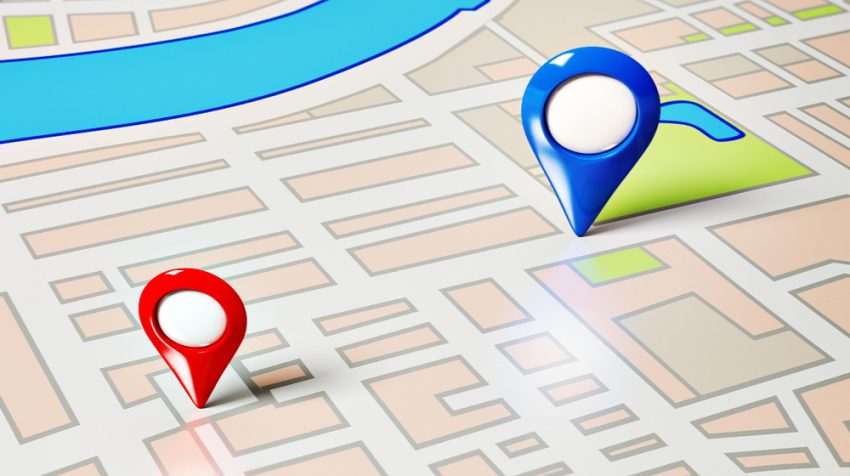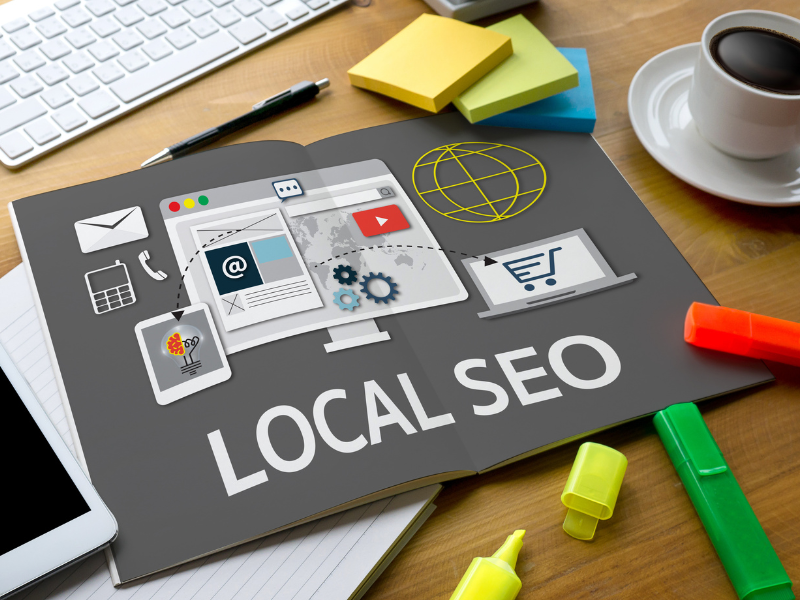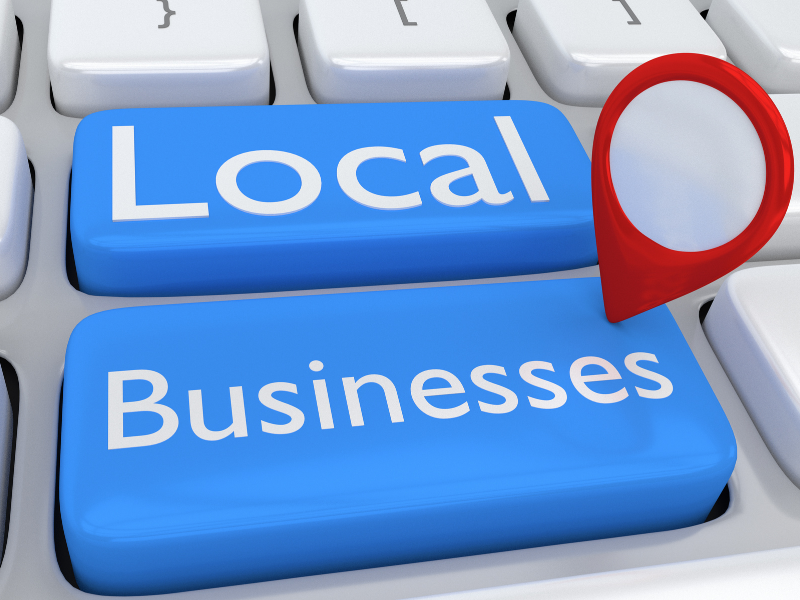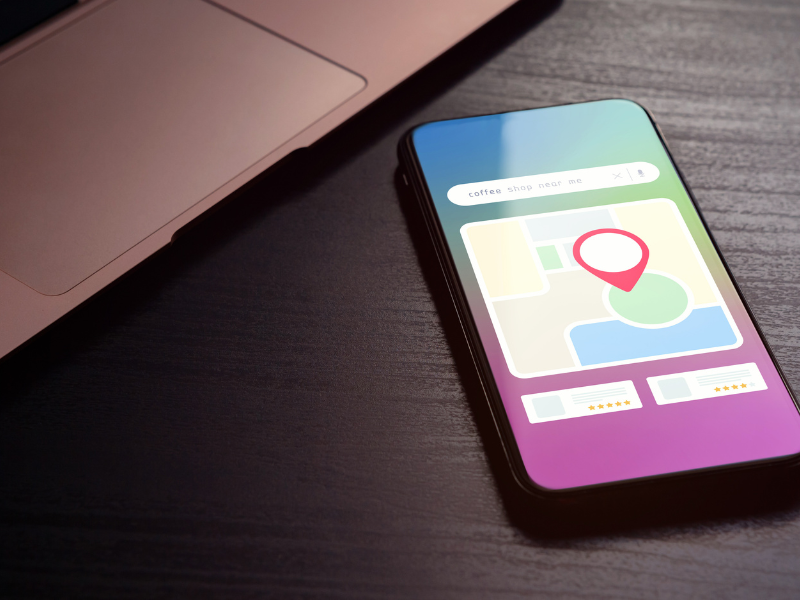
Any business that believes marketing can be divided into neat little categories is destined for failure. There’s no such thing as an online marketing strategy and an offline marketing strategy. Local marketing requires a unified effort, regardless of the medium.
The Rule of Seven
The rule of seven is one of the classic principles of marketing. It says that, in order for a prospect to become a customer, they must see your offer at least seven times. In other words, once a customer has seen a brand’s offer on seven different occasions, they have everything they need to follow through with a purchase.
While the underlying principles of the rule of seven still apply, the number will be larger in 2016 and beyond. Jay Walker-Smith of Yankelovich Consumer Research points out that the average customer was exposed to just 500 ads per day in the 1970s, compared to 5,000 ads today. As a result, the rule of seven may as well be the rule of seventy.
But this is where marketers are going astray. Many assume that throwing a bunch of marketing and advertising campaigns against a wall in hopes that a couple stick is a good idea. “It seems like the goal of most marketers and advertisers nowadays is to cover every blank space with some kind of brand logo or a promotion or an advertisement,” Walker-Smith says. But should that be the goal?
If you want to satisfy the rule of seven(ty), the goal shouldn’t be to make a bunch of noise and hope that your message rings the loudest. Instead, you should be looking for ways to maximize your reach by going after both online and offline channels. In this article, we’re going to take a look at some specific offline and online strategies that will help your small business enhance its local marketing efforts.
Three Offline Local Marketing Tips
Thanks to the growth of the internet and ecommerce, offline marketing often doesn’t get the attention it deserves. So let’s start with this channel and discuss a couple of specific tips and techniques for getting your brand in front of customers in today’s saturated marketplace.

Spend on Signage
“As a famous quote goes, ‘A business without a sign is a sign of no business’ and so, signage should never be an afterthought. You should see it as an investment that will get you a good return in the long run,” says Luke Markey of ShieldCo. “A well-designed and smartly placed sign will attract customers and generate good profits over the course of time.”
Few investments bring as high of a return as physical signage. Think about it! If you’re trying to expose the same customer to your brand over and over again, a physical sign is the best option. People have routines and walk the same streets, drive the same roads, and eat at the same places. Thus, if your sign is on a street corner on a crowded city block, the same 5,000 people are going to see your sign every single day. After just a month, they’ve already been exposed to your brand a handful of times.
Make Sponsorships a Priority
If you’re looking to get the proverbial bang for your buck, sponsoring local events and programs is a fantastic way to get your brand in front of lots of people. Some of the more popular options include sponsoring school sports teams, nonprofit events, and cultural events.
“There are so many other possibilities, such as carnivals, county fairs, beauty pageants, cook-offs, flea markets, walks/runs, concerts, business associations, and trade shows,” marketer Dana Zarcone suggests. “Not only do these sponsorships help get your name out there, you’ll also be building your referral network as you make connections within the organization or group you’re helping.”
Speak at Industry Events
All B2B industries – and most B2C industries – have regular conferences and events that take place at different times all over the world. If you can find a way to earn a speaking engagement at one of these events, you can give your brand some much-needed visibility. In addition to being able to reference your brand and include your logo in print materials, you can also grow your reputation as an expert or thought leader in your niche.
This also represents a great opportunity for a little online crossover. Most events and conferences these days are recorded. Get a copy of the recording and upload it to your website, YouTube, and social media channels to expand your reach.

Three Online Local Marketing Tips
You can’t survive with an offline marketing strategy alone. You also need to invest in some local online marketing to reach people where they spend hours of their time each day.
Here are a few tips:
Move Television Ads Online
Here’s a progressive strategy that will allow you to maximize your ROI: Reallocate any money you’re spending on local television ads to online video.
“ComScore recently found that 84% of people watch videos online. On the flip side, fewer people are watching television, let alone seeing the ads that companies still pay big bucks to have,” cloud marketing expert Gravity4 notes. “To merge these two worlds, more businesses are moving their television ads and messaging online.”
The wonderful thing about online video advertising is that it’s becoming increasingly programmatic and cost-effective. There’s no more guessing which channels, shows, and at what times your customers are watching. With online video advertising platforms, you can target very specific customers and base your decisions on robust insights and analytics.

Put Social Media to Work
Social media is a challenge for many small businesses. It can feel like a huge responsibility and many business owners are too intimidated to invest any time in this powerful engagement resource. You shouldn’t be, though. When properly leveraged, social media is the ultimate marketing tool – allowing for repetitive exposure and meaningful engagement.
Keeping the rule of seven in mind, social media is highly effective because it allows you to control when customers see your brand (as well as how). If you know that your users are most active during the 7 p.m. to 9 p.m. time slot, then you can invest all of your resources into targeting them during this time. Contrarily, if you know that your customers don’t get on social media during business hours, then you don’t have to waste your time. Social media puts you in control of the messaging and timing, which is incredibly valuable in the long run.
Split Test Everything
Whereas you need to gather a ton of data, interview customers, and host focus groups to really understand when an offline marketing campaign is effective, you can gauge efficacy online in a matter of hours. The key is to split test everything.
You should be split testing your PPC ads, social media posts, landing pages, blog posts, web design, and everything in between. The information you extract from these tests will help you better understand your customers and produce more accurate marketing materials in the future.
Bridging the Divide Between Online and Offline Marketing Channels
It doesn’t matter if you’re a brick and mortar business or an ecommerce brand, you can’t afford to only target online or offline marketing. Furthermore, you can’t totally separate these two channels. There needs to be some crossover between them. Otherwise, you’re missing out on a chance to maximize exposure in strategic and brand-relevant ways.

Bridging the Gap Between Online and Offline Local Marketing
In the modern marketing landscape, the division between online and offline strategies is artificial and counterproductive. A holistic approach to local marketing is crucial for small businesses, where both digital and traditional methods synergize to amplify brand exposure and engagement. The Rule of Seven, a classic marketing principle, remains relevant in an era of heightened ad exposure. However, a larger number of exposures is required due to the deluge of daily advertisements. Instead of aiming for noise, businesses should focus on strategic reach by leveraging both online and offline channels. Here’s how to enhance your local marketing efforts through a balanced fusion of offline and online strategies:
Three Offline Local Marketing Tips
- Invest in Signage: Physical signage holds unparalleled potential for repeated brand exposure. Placing well-designed signs in high-traffic areas ensures consistent visibility among the local community, ultimately building brand recognition.
- Prioritize Sponsorships: Sponsoring local events, sports teams, or cultural programs garners substantial exposure and establishes connections within the community. The goodwill generated through sponsorships contributes to brand loyalty.
- Speak at Industry Events: Earning speaking engagements at industry events offers offline visibility and credibility. These events can be leveraged online by sharing recordings on various platforms, expanding your reach.
Three Online Local Marketing Tips
- Move TV Ads Online: Transitioning television ad budgets to online video campaigns maximizes ROI. Online video advertising allows precise targeting, ensuring messages reach specific audiences during optimal times.
- Harness Social Media: Utilize social media for its power in engagement and repetitive exposure. Understanding your audience’s active hours enables strategic timing of posts, enhancing your control over brand messaging.
- Embrace Split Testing: Online campaigns facilitate quick split testing, providing insights into audience preferences and optimizing marketing materials. Regularly test PPC ads, social posts, landing pages, and more for refined strategies.
| Key Concept | Offline Tips | Online Tips |
|---|---|---|
| Unified Local Marketing Approach | Integrate online and offline strategies for comprehensive brand exposure and engagement. | |
| Rule of Seven Amplified | The classic marketing principle remains relevant; increased ad exposure requires more than seven touchpoints for effective conversion. | |
| Offline Strategies | Invest in Signage: Well-designed physical signs in high-traffic areas provide repeated brand exposure and recognition. | Move TV Ads Online: Reallocate TV ad budgets to online video campaigns with precise targeting for optimal ROI. |
| Prioritize Sponsorships: Sponsor local events, sports teams, or cultural programs to enhance visibility and establish connections. | Harness Social Media: Leverage engagement power of social platforms; post strategically during active hours for optimal exposure. | |
| Speak at Industry Events: Speaking engagements at industry events build offline credibility; share recordings online for wider reach. | Embrace Split Testing: Rapidly test and optimize online materials like PPC ads, social posts, and landing pages for audience preference. | |
| Balanced Fusion for Impact | Achieve impactful local marketing by seamlessly integrating online and offline methods, capturing customer attention across platforms. |
In essence, the convergence of online and offline local marketing strategies is pivotal for small businesses seeking comprehensive brand exposure. The seamless integration of these methods yields a more impactful local marketing campaign, capturing the attention of customers across various touchpoints and platforms.
Map Pinpoints Photo via Shutterstock
This article, “The Key to Local Marketing: Blending Online and Offline” was first published on Small Business Trends